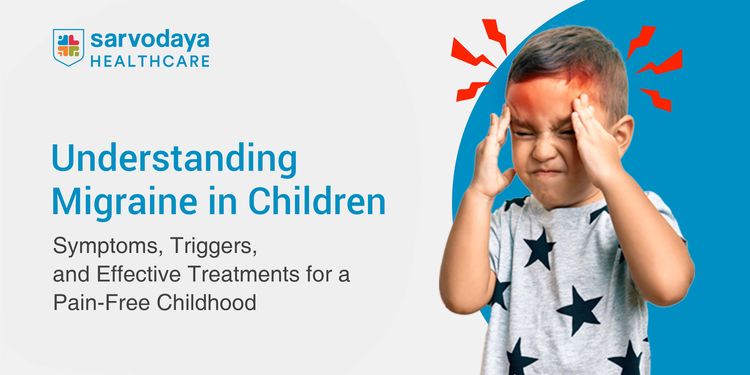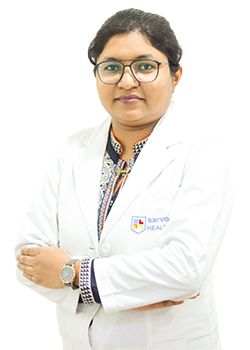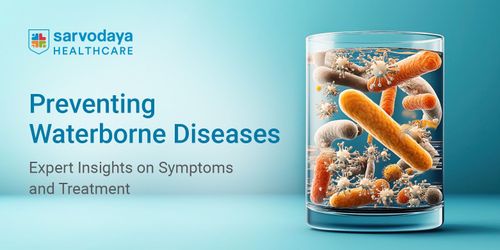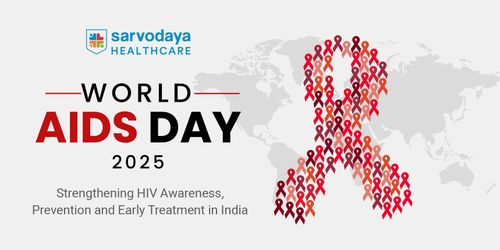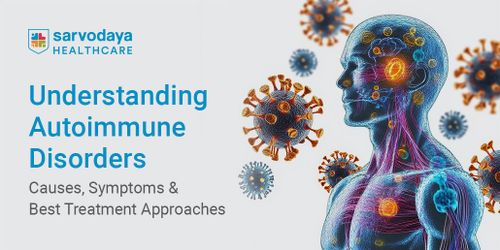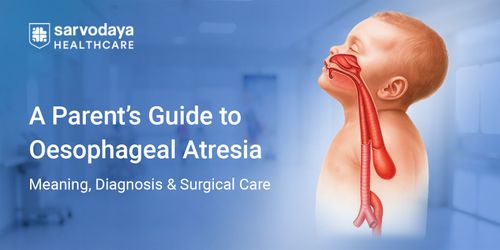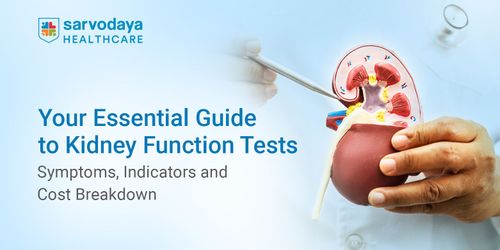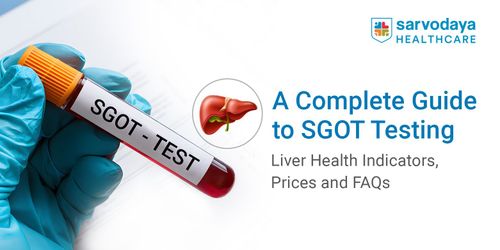When a child keeps experiencing severe headaches, it may not always be due to something normal. For some children, these headaches may be more than a temporary discomfort; they may be due to underlying conditions called migraines in children. Migraines, as compared to general headaches, are disorienting and may interfere with the ability of a child to concentrate, play comfortably, or attend school activities.
This blog discusses the meaning of migraine, its symptoms in children, possible causes, diagnosis, and the best treatment methods for migraine in children.
Understanding Migraine in Children
Migraine in children is a neurologic condition characterised by recurring moderate to severe headaches, usually accompanied by nausea, vomiting, and sensitivity to light or sound.
Here is a breakdown of how migraines may present themselves in children:
- Shorter duration: Children have migraine episodes that keep repeating, with each episode lasting from anywhere between 30 minutes to a few hours.
- Bilateral pain: Headache occurs on both sides of the head.
- Associated symptoms: These include abdominal pains, dizziness, and severe tiredness.
- Behavioural changes: Greater irritability, withdrawal from different activities, and sleep disturbance have also been observed in children.
Common Triggers of Paediatric Migraines
While the exact cause of migraine in children is not always clear, several common triggers can lead to an attack.
Some of the most recognised triggers are:
- Emotional stress: Anxiety around exams, changes at home, or peer pressure may contribute to migraines.
- Poor sleeping habits: Irregular sleeping, oversleeping, or lack of sleep are also known to be causes of paediatric migraines.
- Dietary influences: Skipping meals or consuming certain foods like processed snacks, chocolates, or cheese may also trigger attacks.
- Environmental stimuli: Bright lights, loud noises, or changes in weather conditions may trigger migraines in susceptible children.
- Excessive screen time: Prolonged exposure to phones, tablets, and computers is a growing concern today.
- Hormonal changes: Migraines can also be caused by hormonal changes, which are often seen in older children, especially girls nearing adolescence.
Diagnosis and When to Seek Medical Help
It is important to recognise migraine in children early to rule out more serious conditions and to start its treatment as soon as possible.
Here are some clear indicators that require medical attention:
- Recurring headaches that interfere with school attendance or play
- Headaches accompanied by nausea, vomiting, or visual disturbances
- Pain that wakes the child from sleep or worsens in the morning
- A family history of migraines increases the risk.
- Symptoms that don’t improve with basic rest or over-the-counter medication
Consulting a migraine headache doctor ensures a thorough assessment. Neurological exams, MRI scans, or CT imaging may be used in diagnostic tests to rule out structural or vascular causes.
Effective Migraine Treatments for Children
Once a diagnosis is confirmed, it is useful to have a structural treatment plan that is tailored to the child’s needs. There are several options to treat migraine in children, ranging from medication to lifestyle adjustments. The goal is to reduce the frequency and intensity of attacks, apart from alleviating the pain.
The most commonly recommended treatment options are:
- Over-the-counter medications: Mild to moderate attacks may be treated using over-the-counter medications like paracetamol or ibuprofen. These are the most accessible migraine treatment medications when the symptoms are identified early.
- Prescription drugs: Triptans may also be prescribed by doctors in paediatric doses for migraines.
- Neurological migraine treatments: These are special treatments, including nerve block treatment or neuromodulation devices for chronic migraines.
- Natural therapies: Hydration, rest in a dark room, applying cold compresses, and maintaining a calm environment are helpful for most children.
- Paediatric migraine treatments: Personalised treatment plans by a paediatric neurologist in Delhi may be created considering the child’s age, triggers, and lifestyle.
Preventive Care and Long-Term Management
Although there are treatments focused on easing or stopping an attack, long-term management of migraine in children is equally important.
Some important methods used to prevent migraines are:
- Maintaining a routine: Maintaining a regular sleep and meal routine helps stabilise the internal clock of the body and reduces the risk of migraines.
- Trigger management: It is necessary to avoid known triggers, for example, skipping meals, dehydration, or emotional stress.
- Behavioural therapy: Cognitive behavioural therapy (CBT) may assist children in overcoming anxiety and stress, which could also be causing their migraines.
- Exercise: Moderate exercise, such as walking, yoga, or swimming, improves blood circulation and lowers attack frequency.
- Medications for prevention: In case of frequent or severe migraine episodes, a neurologist may recommend migraine treatment medication after evaluating the health history of the child.
- Monitoring progress: It is also useful to maintain a migraine diary, where you make notes about each episode that occurs, including the time of the day, symptoms, meals consumed, and your observations on how to detect the patterns to enhance the treatment plan.
Conclusion
Migraines are a silent burden to children as they interfere with their studies, play, and daily life. Nonetheless, through early detection and a solid treatment plan, it is entirely possible to manage migraine in children effectively.
Sarvodaya Hospital, Faridabad, is widely recognised as the best paediatric neurology hospital in Delhi NCR. The institute has a special team of the top paediatric neurologists in Faridabad, who provide holistic care to treat migraine in children. Sarvodaya ensures that every child receives the best support and medical attention, from their diagnosis to planning customised paediatric migraine treatment. The well-developed facilities and the compassionate environment have made it a reliable choice for families seeking reliable neurological care.
You can learn more about the early signs, the causes of paediatric headache, and how to deal with it by booking a preventive consultation at Sarvodaya Hospital Remember, when it comes to a child’s health, prevention is better than cure.


